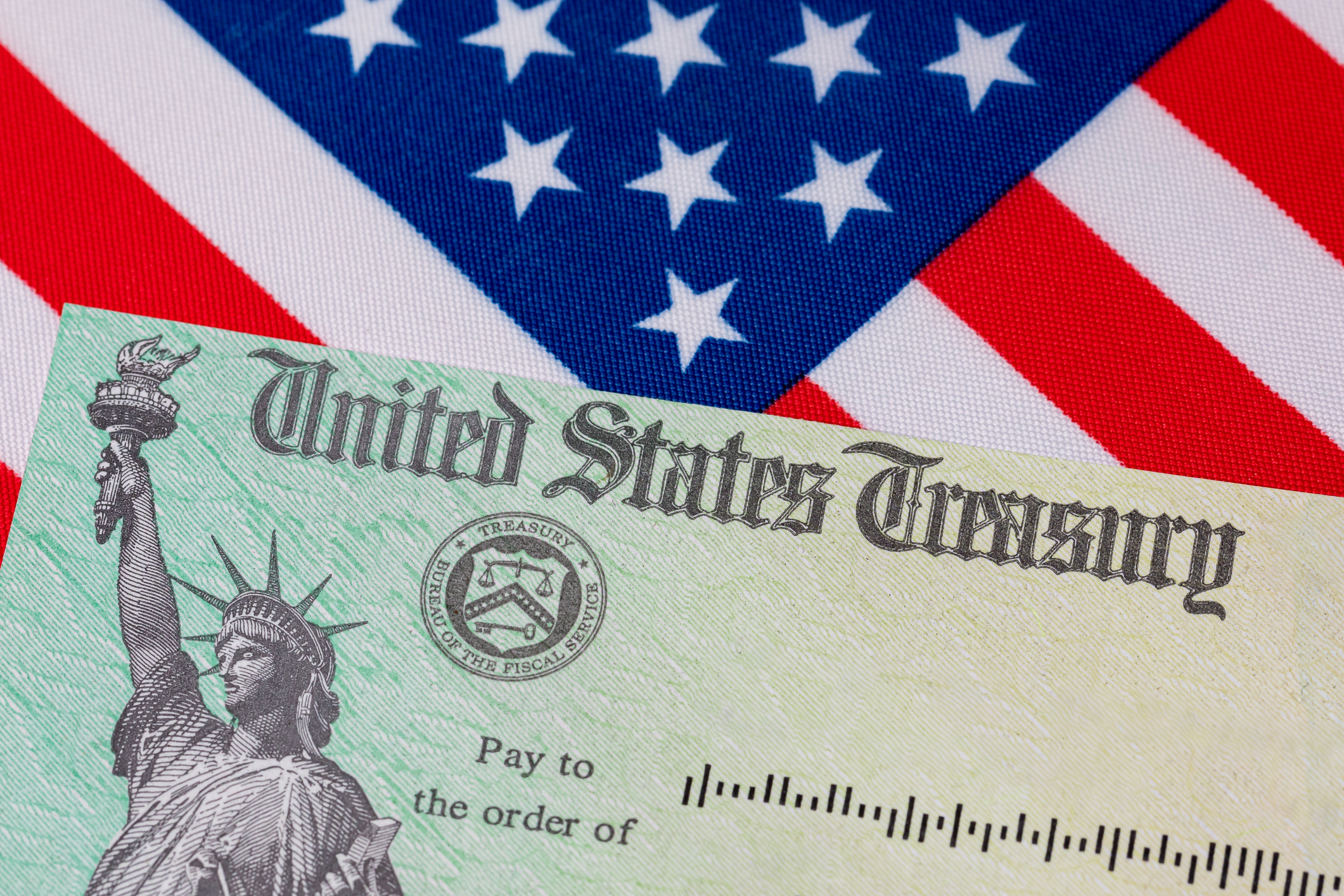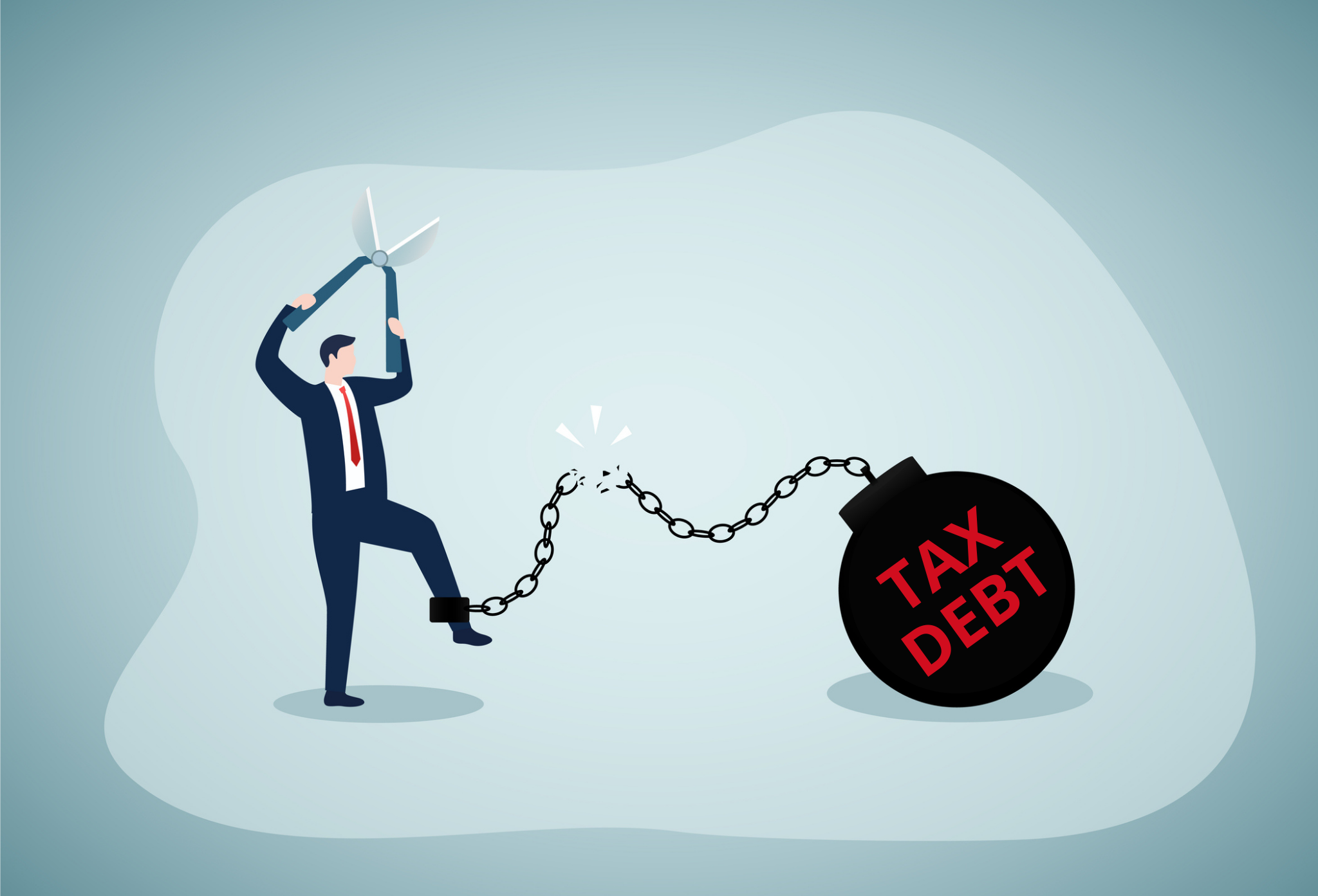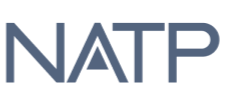💡 Key Takeaways
- Quarterly estimated taxes are essential for freelancers, independent contractors, and other self-employed workers.
- IRS safe-harbor rules help avoid penalties.
- Remember the due dates: April 15th, June 15th, September 15th, and January 15th (of the next year).
- Penalties and interest accrue if estimated payments are missed, but the IRS may waive or reduce penalties for reasonable causes.
Staying on top of taxes is a year-round responsibility for freelancers and self-employed professionals – not just something to think about at filing time. Missing quarterly estimated tax payments can result in costly penalties and disrupt finances. Understanding how the IRS estimated tax system works is key to avoiding tax problems and keeping your finances on track.
In this 2025 guide for self-employed professionals, we’ll break down everything you need to know, including:
- What estimated tax payments are
- Who must pay
- How to calculate your quarterly payments
- Important due dates
- Missed deadline penalties
- Frequently asked questions
What Are Quarterly Estimated Tax Payments?
Quarterly estimated tax payments are four IRS payments that cover income and self-employment tax when no employer withholds for you.
Income taxes are pay-as-you-go, meaning everyone is required to pay federal taxes as they earn or receive income. Quarterly estimated taxes are one method to pay government taxes.
Do I Have to Make Estimated Tax Payments?
Any professional identified in one of these five categories must make estimated tax payments to avoid penalties:
- Self-employed
- Small business owner
- Sole proprietors
- Freelancer
- Independent contractor
These taxpayers are different from salary or hourly wage earners, who have taxes withheld from their paychecks and do not have to make estimated payments.
You must make estimated tax payments quarterly if you expect to owe $1,000 or more in taxes after accounting for withholding and refundable credits. To avoid underpayment penalties, meet one of the following IRS “safe harbor” rules:
- Pay 90% of your current year’s tax liability.
- Pay 100% of the taxes you owed last year.
- This threshold increases to 110% if your prior-year Adjusted Gross Income exceeded $150,000 ($75,000 if you are married filing separately).
Following these rules ensures that you’re protected even if you owe more due to increased income. We recommend using the free online IRS Tax Withholding Estimator for a precise projection.
How Do I Calculate My Quarterly Estimated Tax Payment?
Freelancers and self-employed taxpayers can calculate their quarterly tax payment with Form 1040-ES. Included with this payment calculation should be the self-employment tax, which is their contribution to Social Security and Medicare.
If you’re having issues calculating your estimated tax payment or have incurred penalties as a result of underpayments, consulting with a dedicated tax professional can help.
When Are IRS Quarterly Estimated Tax Payments Due?
The tax year is divided into four payment periods, each with its own due date. The table below breaks down each quarterly period.
| Payment Period | Due Date |
|---|---|
| January 1st - March 31st | April 15th |
| April 1st - May 31st | June 15th |
| June 1st - August 31st | September 15th |
| September 1st - December 31st | January 15th of the following year |
Important note: If the due date falls on a Saturday, Sunday, or legal holiday, then the tax payment due date is moved to the next business day.
The IRS also extends payment deadlines for victims of natural disasters, such as earthquakes, wildfires, hurricanes, floods, and more. Affected taxpayers can view official IRS disaster relief announcements online to determine their state eligibility.
What Happens If I Miss My Estimated Tax Payment?
If you miss one or more quarterly tax payments, then the IRS will send a notice of Underpayment of Estimated Tax by Individuals Penalty. This penalty is dependent on the original tax return or the most recent return filed, and is calculated based on:
- The amount of the underpayment.
- The period when the payment was due and was underpaid.
- 2025 quarterly interest rates for underpayments.
In addition to the underpayment penalty, interest will continue to accrue until the liability is fully paid off.
However, the IRS may remove or reduce the penalty for underpayment if the taxpayer proves that they were unable to meet their tax obligation due to uncontrollable reasons. Reasons for penalty removal or reduction include:
- Casualty or local disaster.
- You or your spouse (if you file a joint return) retired in the past 2 years after reaching age 62.
- You or your spouse became disabled (if you file a joint return), and you had reasonable cause to underpay or pay late.
- If most of your income tax was withheld early in the year instead of being spread equally.
- Your income varies during the tax year.
If any of these reasons apply to your tax situation, then you may submit a dispute to the IRS with a written explanation.
Tax Relief for Freelancers and Self-Employed Workers
Don’t let missed estimated payments turn into a large tax debt. For many freelancers and self-employed workers, falling behind on quarterly estimated taxes is one of the most common reasons why their tax liability builds up.
If you’re facing penalties or an outstanding IRS tax balance, TaxRise can help. Our tax resolution services are designed to reduce or resolve your tax liability, negotiate with the IRS, and create a plan to get you back on track. Take control of your finances and partner with TaxRise to regain IRS compliance and protect your future earnings. Schedule your free consultation today!
Frequently Asked Questions
Yes. If your income fluctuates, you can recalculate and adjust your remaining payments using Form 1040-ES to avoid underpayment or overpayment.
You can make a quarterly estimated tax payment by paying online via IRS Direct Pay, the Electronic Federal Tax Payment System (EFTPS), by phone, or by mailing a check or money order with a payment voucher from Form 1040-ES.
Records you must keep for estimated tax payments include copies of Form 1040-ES vouchers, IRS confirmation numbers, bank statements, and any receipts of payment. Good recordkeeping simplifies year-end filing and protects you if questions arise.
Yes, most states that collect income tax require their own quarterly estimated payments. Check your state’s tax agency for specific forms, due dates, and rules.
TaxRise helps with estimated tax payments and back taxes through comprehensive support for self-employed taxpayers, including IRS transcript reviews, quarterly payment calculations, and back tax relief negotiation. Our tax professionals represent you before the IRS and help ensure compliance.









0 Comments